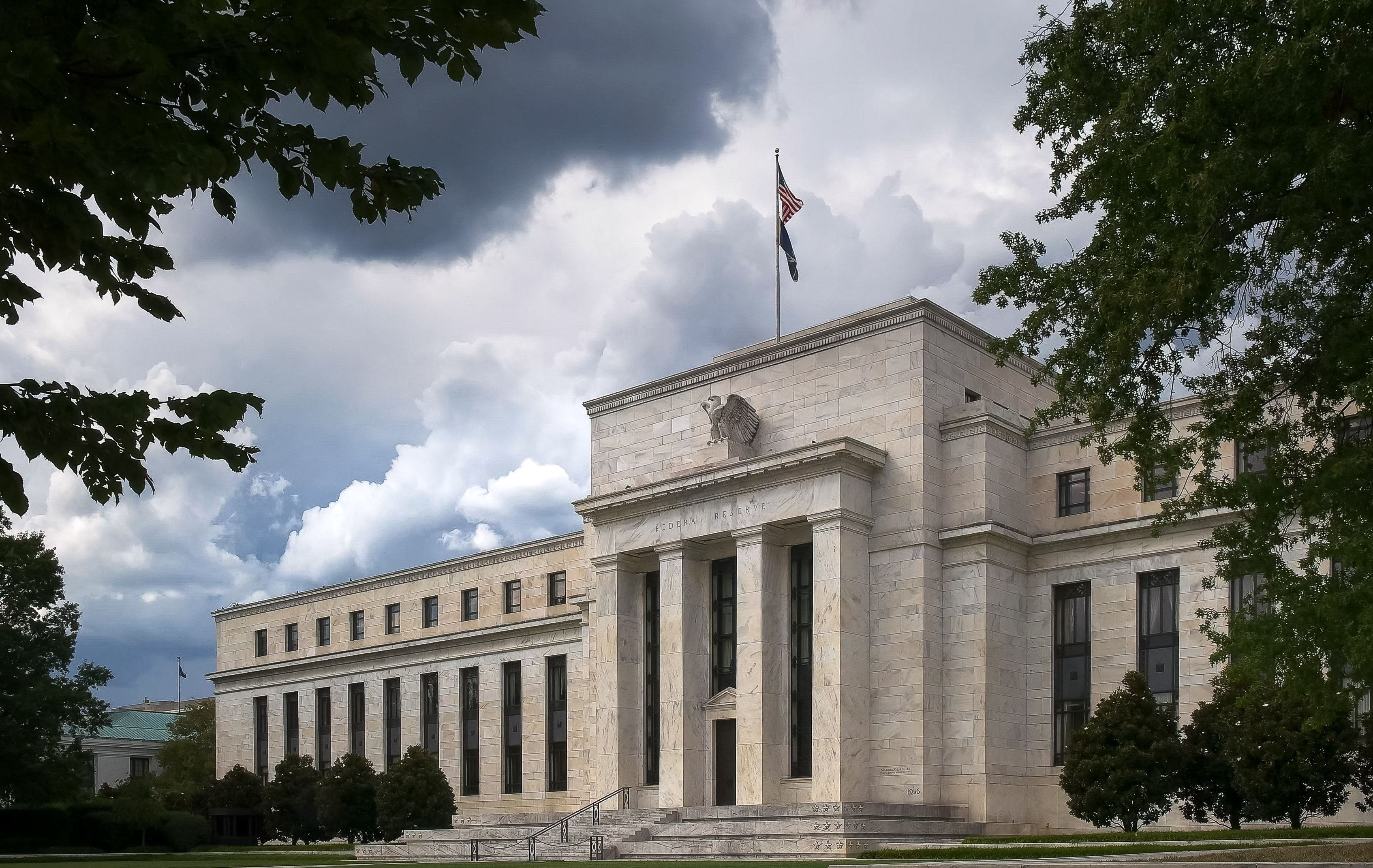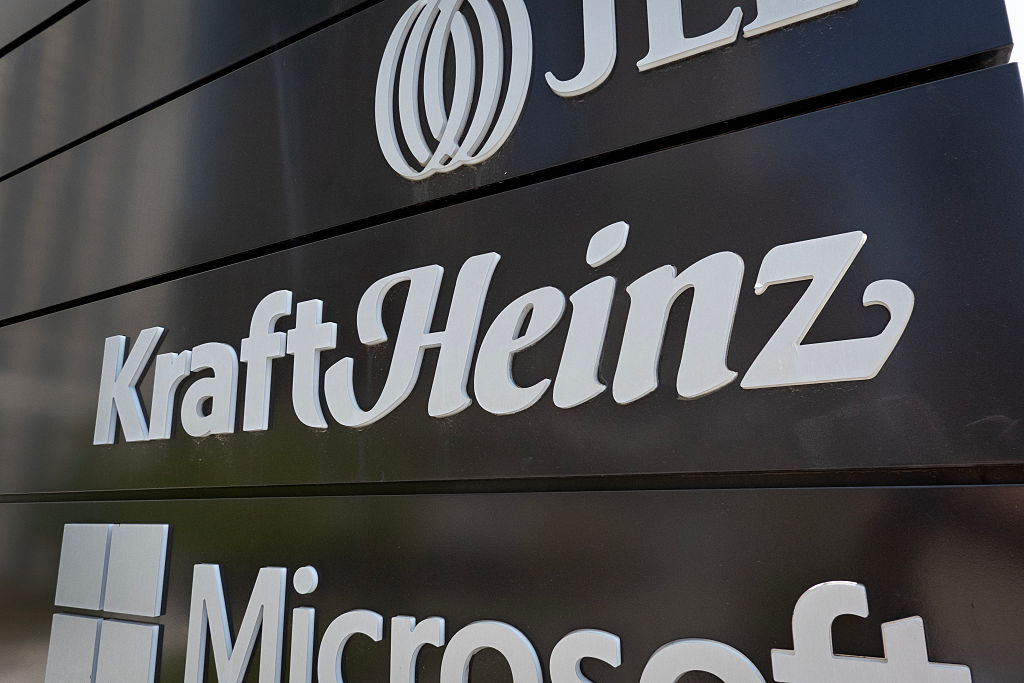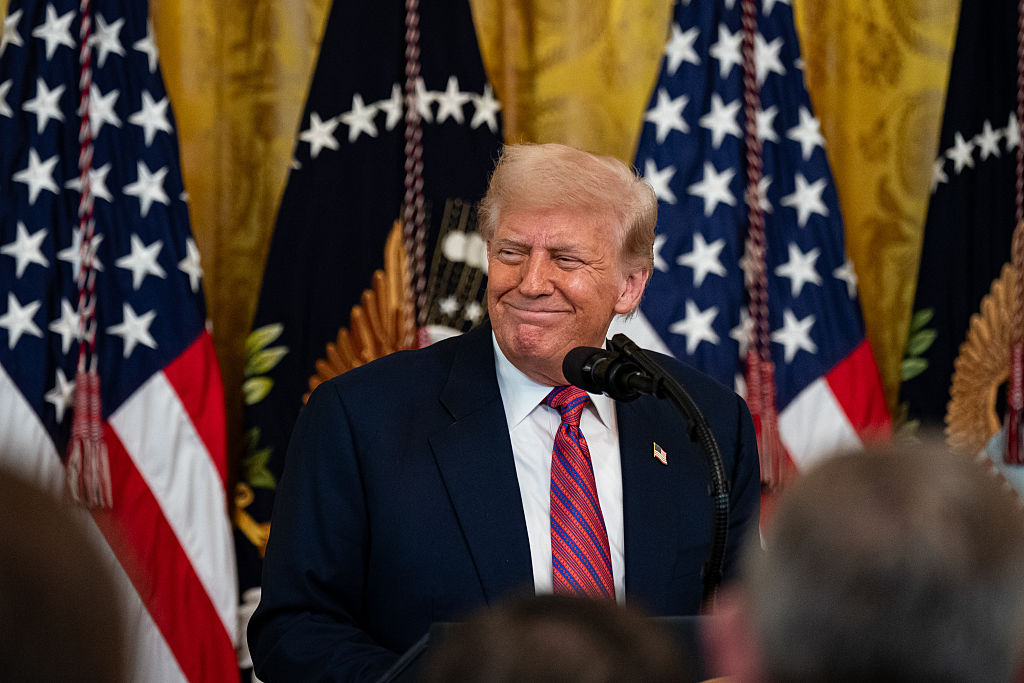Big Pharma: Too Cheap to Pass Up
Everyone, it seems, hates the drug industry. That makes this sector a contrarian's dream.
Big pharma is in need of a miracle cure. The major pharmaceutical makers are so beaten down that, in some cases, it's the dividends, rather than future blockbuster products, that are propping up the stocks.
Take Pfizer. As of mid May, the stock (symbol PFE) was down 28% over the past year and 60% from its all-time high, reached in 1999. The faint silver lining is that even as the stock has stumbled all these years, Pfizer has continued to boost dividends. The shares now yield 6.5%.
What ails Pfizer and the likes of Merck (MRK) and Bristol-Myers Squibb (BMY) is a set of ills for which no wonder drug exists. But with drug stocks selling at depressed levels, dividends sweet and an aging population dependent on pills, it's fair to ask whether you should be stocking up on drug stocks. Some experts say yes. But before they make their case, let's explore the counterarguments.
From just $107.88 $24.99 for Kiplinger Personal Finance
Become a smarter, better informed investor. Subscribe from just $107.88 $24.99, plus get up to 4 Special Issues

Sign up for Kiplinger’s Free Newsletters
Profit and prosper with the best of expert advice on investing, taxes, retirement, personal finance and more - straight to your e-mail.
Profit and prosper with the best of expert advice - straight to your e-mail.
Patent cliff. The biggest one is that from 2010 to 2013, patents on two dozen of the industry's most profitable drugs will expire. Falling off this so-called patent cliff will be drugs that now account for about 40% of Pfizer's annual sales. They include the cholesterol-lowering drug Lipitor and the erectile-dysfunction drug Viagra. Bristol-Myers will lose its exclusive deal on Plavix, a drug used to prevent heart attacks and strokes, and GlaxoSmithKline will relinquish protection on Advair, an asthma treatment. Making the situation worse is that generic-drug makers have become more aggressive in getting knockoffs of the brand names to market.
High development costs. So, why not just create new drugs? Because it costs $800 million to develop a new drug, and that figure is rising rapidly. Over the past decade, the number of new drugs that have come to market each year has slipped from 35 or 40 to about 25. Meanwhile, research and development expenses have almost doubled.
Tough regulation. As costs continue to rise, the Food and Drug Administration has become far more picky about what it will approve. For example, the FDA recently blocked Merck's anti-cholesterol drug, Cordaptive. The agency's crackdown began after another Merck drug, Vioxx, was linked to heart attacks.
Politics. Finally, election-year promises from both sides threaten industry profits. Both Hillary Clinton and Barack Obama say they will allow Medicare to negotiate drug pricesÑwhich effectively means regulation of drug prices. And Clinton, Obama and John McCain say they support permitting the re-importation of cheaper drugs from foreign countries.
Yet some smart analysts see the sector through Prozac-colored glasses. Robert Kleinschmidt, manager of the Tocqueville fund, says the negatives have pushed the whole sector into such a funk that investors are ignoring good signs, such as strong cash flow. Big Pharma also has something that smaller, more innovative drug makers want: marketing might. George Putnam III, editor of the authoritative Turnaround Letter, sees a growing number of revenue-boosting joint ventures.
So confident are Putnam and Kleinschmidt in their contrarian view that they both like Pfizer, the poster child for Big Pharma's problems. Their position is essentially that things can't get any worse and that the stock is ridiculously cheap, selling at eight times estimated 2008 profits. Plus, there's that juicy yield.
Many analysts with a bearish view of Big Pharma wouldn't touch Pfizer with 4-foot forceps. Zacks analyst Jason Napodano says other beaten-down drug companies have stronger pipelines and executives who are more willing to slash budgets. Meanwhile, he says, Pfizer's leaders have been "holding hands and singing "Kumbaya.'"
One of the few drug companies Napodano likes is Johnson & Johnson (JNJ). Some 40% of J&J's sales come from pharmaceuticals, with the rest coming from consumer health-care products (think Band-Aids) and medical devices. But J&J's drug portfolio is broad and isn't flirting with the patent cliff. The stock sells at 15 times estimated 2008 earnings and yields 2.8%.
Schering-Plough offers bigger rewards but comes with greater risk. In March, shares of Schering, along with those of partner Merck, took hits when a study showed that Vytorin, a joint-venture medicine designed to keep arteries clear of plaque, was no more effective than a generic drug that costs far less. Schering (SGP), which had traded at $33 last October, dropped to less than $14, but has since recovered to $19.
Vytorin is the bad news. The good news is that Schering is the big drug maker least vulnerable to competition from generic makers, says Caris & Co. analyst David Moskowitz. He adds that, FDA willing, Schering will win approval for two products this year, and it has 11 chemicals in advanced trials.
The company has also promised a restructuring plan that will slash $1.5 billion in costs by 2012. In 2007, Schering bought Organon BioSciences, a Dutch biotech firm, which is one reason for its fat pipeline. The stock trades at a reasonable 12 times estimated 2008 earnings. If the cloud ever lifts from Big Pharma, expect Schering's stock price to rise the quickest.
Profit and prosper with the best of Kiplinger's advice on investing, taxes, retirement, personal finance and much more. Delivered daily. Enter your email in the box and click Sign Me Up.

-
 I'm want to give my 3 grandkids $5K each for Christmas.
I'm want to give my 3 grandkids $5K each for Christmas.You're comfortably retired and want to give your grandkids a big Christmas check, but their parents are worried they might spend it all. We ask the pros for help.
-
 If You're Not Doing Roth Conversions, You Need to Read This
If You're Not Doing Roth Conversions, You Need to Read ThisRoth conversions and other Roth strategies can be complex, but don't dismiss these tax planning tools outright. They could really work for you and your heirs.
-
 Could Traditional Retirement Expectations Be Killing Us?
Could Traditional Retirement Expectations Be Killing Us?A retirement psychologist makes the case: A fulfilling retirement begins with a blueprint for living, rather than simply the accumulation of a large nest egg.
-
 What the Rich Know About Investing That You Don't
What the Rich Know About Investing That You Don'tPeople like Warren Buffett become people like Warren Buffett by following basic rules and being disciplined. Here's how to accumulate real wealth.
-
 How to Invest for Rising Data Integrity Risk
How to Invest for Rising Data Integrity RiskAmid a broad assault on venerable institutions, President Trump has targeted agencies responsible for data critical to markets. How should investors respond?
-
 What Tariffs Mean for Your Sector Exposure
What Tariffs Mean for Your Sector ExposureNew, higher and changing tariffs will ripple through the economy and into share prices for many quarters to come.
-
 How to Invest for Fall Rate Cuts by the Fed
How to Invest for Fall Rate Cuts by the FedThe probability the Fed cuts interest rates by 25 basis points in October is now greater than 90%.
-
 Are Buffett and Berkshire About to Bail on Kraft Heinz Stock?
Are Buffett and Berkshire About to Bail on Kraft Heinz Stock?Warren Buffett and Berkshire Hathaway own a lot of Kraft Heinz stock, so what happens when they decide to sell KHC?
-
 How the Stock Market Performed in the First 6 Months of Trump's Second Term
How the Stock Market Performed in the First 6 Months of Trump's Second TermSix months after President Donald Trump's inauguration, take a look at how the stock market has performed.
-
 Fed Leaves Rates Unchanged: What the Experts Are Saying
Fed Leaves Rates Unchanged: What the Experts Are SayingFederal Reserve As widely expected, the Federal Open Market Committee took a 'wait-and-see' approach toward borrowing costs.
-
 Fed Sees Fewer Rate Cuts in 2025: What the Experts Are Saying
Fed Sees Fewer Rate Cuts in 2025: What the Experts Are SayingFederal Reserve The Federal Reserve cut interest rates as expected, but the future path of borrowing costs became more opaque.
